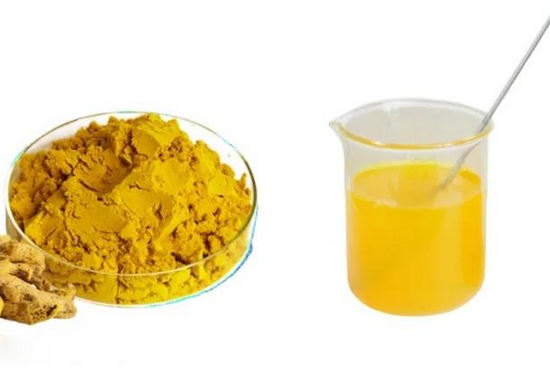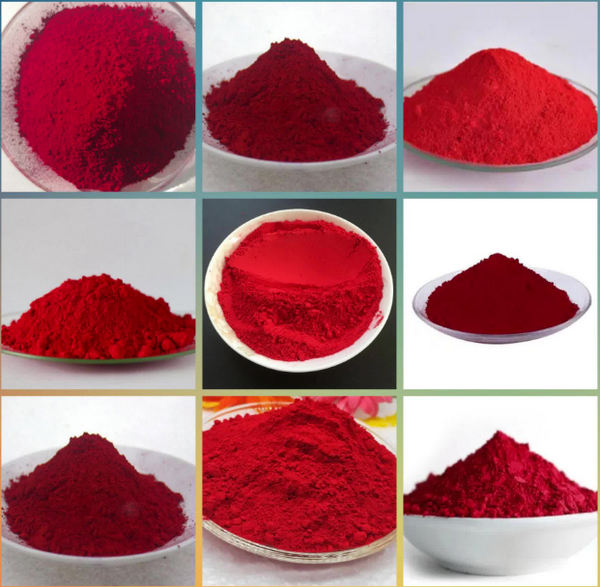Pigment as an indispensable raw material in industrial production, manufacturers in the use of different pigments, pigment yellow 62 suppliers to provide the relevant pigment performance index report should only be used as a reference, can not be used as the basis of whether the direct use of the pigment should be carried out with the use of the products produced in the process of similar testing or the results of the test under specific application conditions to determine the pigment in the processing system The results of the testing should be similar to the process in which the product was manufactured or under specific application conditions to determine whether the pigment is suitable for use in the processing system. What are the performance indicators that need to be expressed for a pigment?
Coloring power
The coloring power of a pigment is based on the absorbance of the pigment, the overall absorption coefficient at the maximum absorption wavelength or in the entire visible spectrum; it can be expressed as a relative percentage equivalent to the coloring power of a standard pigment sample;
The color power of a pigment will have different results according to the application conditions of the pigment, the color development method, the measurement method and the evaluation method.
Usually, within a certain range (except transparent system), the smaller the pigment particles are, the higher the color power is, but it should be noted that the color power will not continue to improve when it reaches the semi-transparent point.

Covering power or transparency
The covering power of a pigment refers to the ability of the pigment medium to cover color differences on the surface of the substrate, defined in terms of the area of the colored substance covered by a defined amount of pigment or the minimum thickness of the layer required to cover a substrate.
It is usually expressed in grams of pigment per square meter of area in the covering substance.
The higher the color power of a pigment the higher its covering strength.
Migration
The migration of pigment is mainly manifested in the phenomenon of color bleeding or frosting.
Frosting: the phenomenon that pigment migrates from the inside of application medium to the surface of medium is called frosting, and the pigment will appear even after it is wiped off.
Bleeding: the phenomenon that the color of the pigment is transferred to the adjacent products or contact substances is called bleeding.
The degree of migration is related to the chemical structure of the pigment and the distribution and content of the particles, the larger the particles are, the stronger the resistance to migration.
Migration is not only related to the performance of pigment itself, but also related to other additives in the formula.

Light resistance and weather resistance
Light resistance refers to the performance of a pigment to maintain its initial color after being irradiated by a certain amount of sunlight; the light resistance of a pigment is divided into eight grades, and the higher the grade, the better the light resistance of the pigment.
Weathering resistance refers to the ability of a pigment to maintain its original color and performance under various adverse climatic conditions; the weathering resistance of a pigment is expressed in a five-grade system, the higher the grade, the better the weathering resistance.
The higher the grade, the better the weather resistance. The larger the pigment particle, the better its light resistance and weather resistance.
Heat-resistant stability
In plastic and fiber pulp coloring and other processing industries, the general need to reach 260°C-320°C, for organic pigments, only a few can withstand this temperature, most of the organic pigments temperature resistance is only more than 100 degrees to 200°C or so, and inorganic pigments in the high temperature resistance performance is relatively more than the organic pigments have a great advantage, some inorganic pigments can even reach thousands of degrees of heat resistance stability. Some inorganic pigments can even reach thousands of degrees of heat stability.
Dispersibility of pigment
The dispersibility of pigment refers to the ability of uniformly dispersing in the coloring material during the coloring process of pigment, which is an important index in the application of pigment. The dispersibility has a direct impact on the optical performance of the products, and affects the coloring power and the color light of pigment, and the poor dispersibility of uneven coloring will also make the products produce stripes or color spots, which not only affects the appearance of the products, but also seriously affects the mechanical properties of the products. The dispersibility requirement of pigment in plastic application is much higher than that of ink and coating.
The dispersing ability of pigment is related to the chemical structure of pigment, crystalline morphology, particle distribution shape, surface structure, pigment processing, especially drying and grinding process. Pigment particles with narrow distribution are easier to be dispersed than those with wide distribution, and pigment particles with large size are easy to be dispersed.





